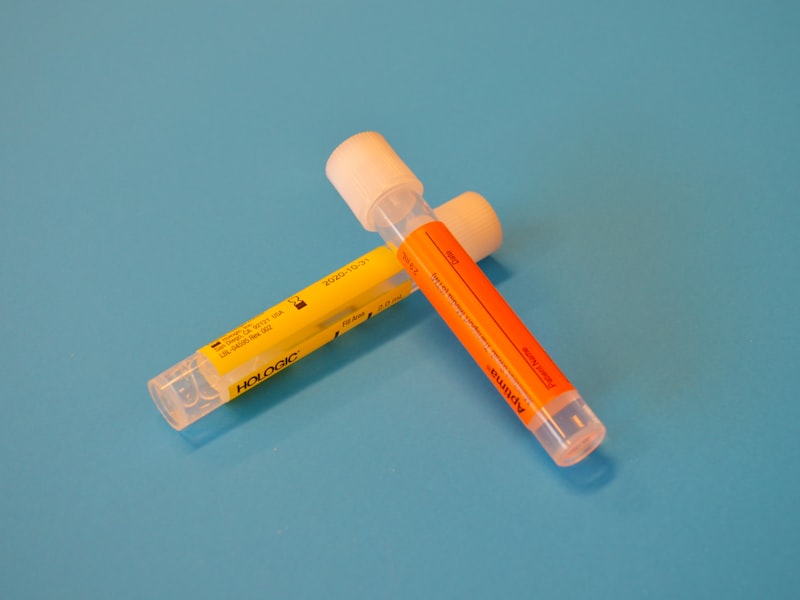I've had the privilege of working with businesses of all shapes and sizes, from scrappy startups to Fortune 500 giants, and across pretty much every industry you can think of. And through all those experiences, I've learned a thing or two (or twenty) about what works and what doesn't when it comes to turning prospects into paying customers.
So, I thought it was high time I shared some of that hard-earned wisdom with all of you. In this no-fluff, all-substance guide, we're going to dive deep into the most effective, battle-tested strategies for boosting your lead conversion rates at every stage of the funnel. Whether you're a marketing newbie or a seasoned pro, I promise you'll walk away with some actionable insights and fresh ideas to take your conversions to the next level. Sound good?

Optimize Your Lead Magnets for Maximum Conversions
Your lead magnets are the gateway to your marketing funnel. To entice prospects to part with their contact information, your lead magnets must offer compelling value and be highly relevant to your target audience. Some proven formats include:
| Lead Magnet Type | Best For | Example |
|---|---|---|
| eBooks & Guides | In-depth education on a topic | "The Ultimate Guide to Reducing Supply Chain Costs" |
| Templates & Toolkits | Helping prospects take action | "Social Media Content Calendar Template" |
| Webinars & Videos | Engaging visual learners | "5 Insider Secrets to Doubling Your Sales Conversions" |
The key is to create lead magnets that solve a pressing problem or help your prospects achieve a desired outcome. For instance, HubSpot offers a free Website Grader tool that generates a personalized report with actionable tips to improve your site's performance. This highly relevant and useful lead magnet has helped them capture thousands of qualified leads.
When promoting your lead magnets, craft compelling headlines, subheadings, and copy that clearly communicate the value and benefits. Use action-oriented CTAs like “Download Now” or “Get Instant Access”. Place CTAs prominently above the fold and throughout your site to maximize visibility.
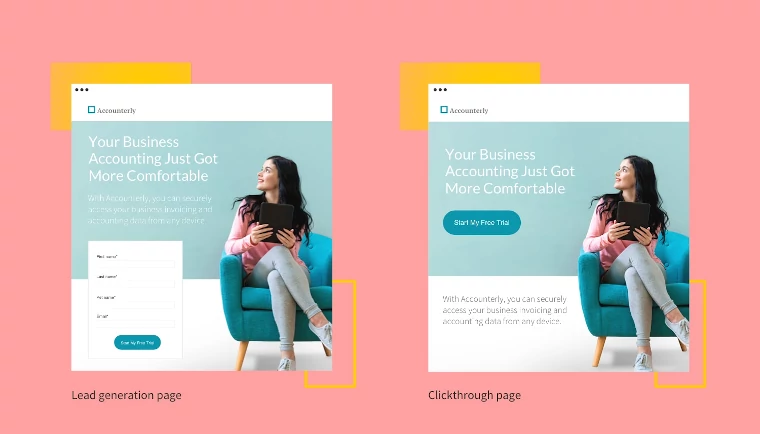
Craft High-Converting Landing Pages
Your landing pages must be laser-focused on a single conversion goal, whether it's downloading a lead magnet, signing up for a free trial, or scheduling a consultation. Strip away all distractions like navigation links and keep the design clean and simple.
Compelling landing page elements include:
- An attention-grabbing headline that mirrors the ad or link copy
- Clear, concise copy that communicates the value proposition and benefits
- Engaging visuals like images, videos or graphics to break up text
- Strong social proof like testimonials, client logos, or trust seals
- A prominent, action-oriented CTA button in a contrasting color
Unbounce saw a 72% lift in conversions on a landing page simply by adding a video explainer and moving the lead capture form above the fold.
When designing your forms, only ask for the minimum information needed at each stage. Asking for too much too soon can deter prospects. Consider multi-step forms that progressively profile leads.

Optimize the Post-Click Experience
Converting a lead doesn't end with a form submission. The entire post-click experience must be seamless and frictionless. Deliver on the promise made in your ads and landing pages.
| Lead Stage | Challenge | Nurturing Tactic | Content Examples |
|---|---|---|---|
| New Lead | Lack of awareness or trust | Educate and build credibility | Blog posts, industry reports, thought leadership content |
| Marketing Qualified Lead (MQL) | Evaluating options, considering alternatives | Demonstrate value and differentiation | Case studies, product comparisons, webinars |
| Sales Qualified Lead (SQL) | Overcoming objections, securing buy-in | Address concerns, provide proof points | ROI calculators, customer testimonials, product demos |
| Opportunity | Navigating procurement, finalizing decision | Facilitate the buying process | Pricing sheets, implementation guides, contracts |
For gated content, consider sending leads to a thank you page with the requested resource, along with secondary CTAs to related offers or to schedule a sales call. This helps pull prospects deeper into your funnel while they're engaged.
Once a lead is captured, kick off an automated email sequence to welcome them, deliver value, and nurture them toward the next conversion. Segment your list and personalize your emails with relevant content and offers based on each lead's profile, behavior, and stage.
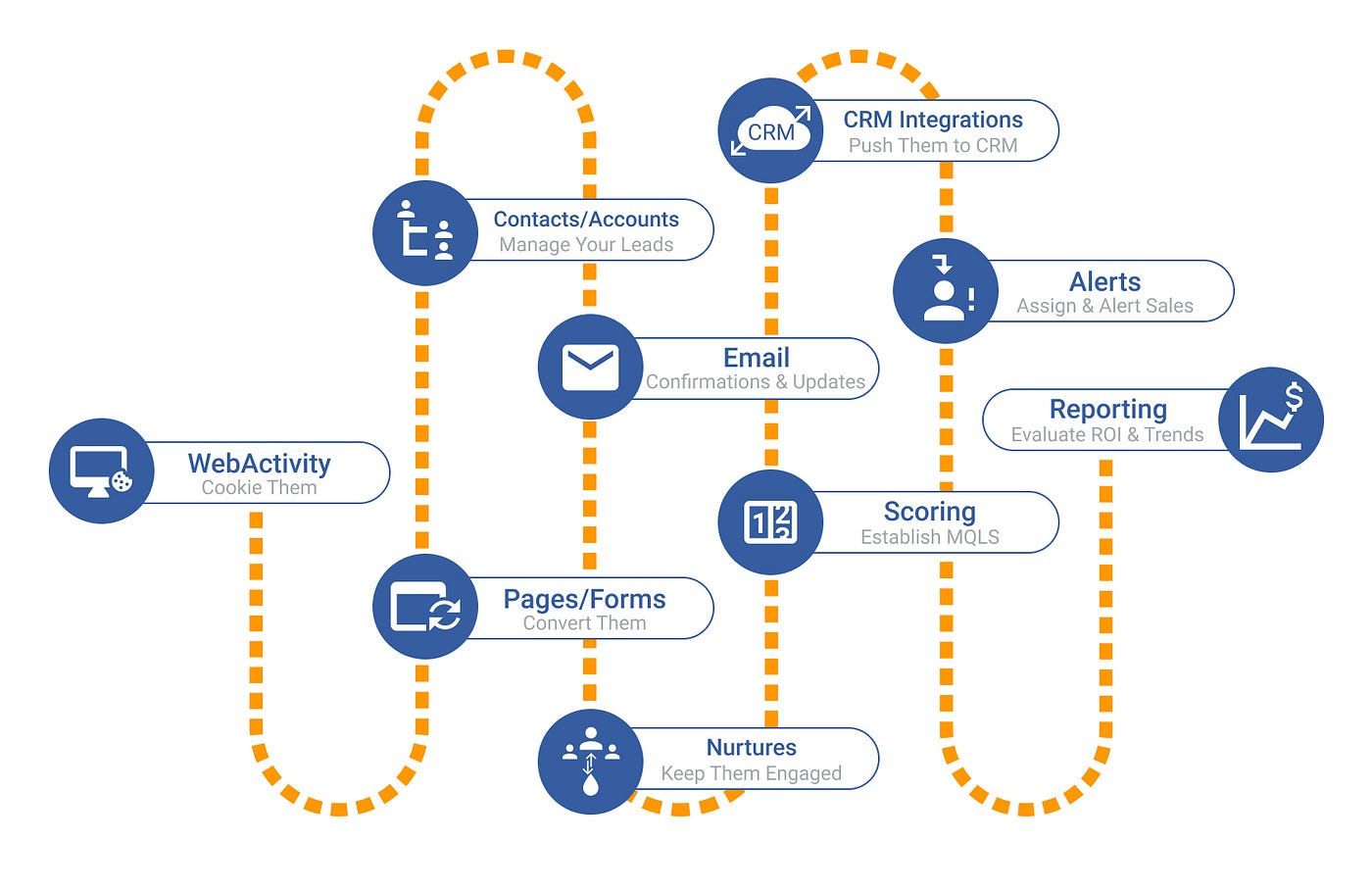
Behavioral Data for Personalization at Scale
Personalization is no longer a nice-to-have but a must-have, with 80% of consumers more likely to do business with brands that offer personalized experiences. Use the demographic and behavioral data you collect to tailor landing pages, lead magnets, emails, and offers.
| Page Element | Best Practices | Example |
|---|---|---|
| Headline | Clear, concise, mirrors ad copy | "Get Your Free Email Marketing Cheat Sheet" |
| Copy | Focus on benefits, use bullet points | "Discover 10 proven tactics to boost your email open rates and clicks" |
| Visuals | Use engaging images, videos, or graphics | Screenshot of cheat sheet cover |
| Social Proof | Include testimonials, trust seals, or client logos | "Join 5,000+ marketers who have already boosted their email results" |
| CTA | Make it prominent, use action-oriented text | "Download Now" button in contrasting color |
For example, software company Igloo sends personalized onboarding emails based on each user's in-app behavior, with specific tips to help them get more value from the features they're using. This has helped increase free-to-paid conversions by 15%.
Marketing automation platforms like Marketo and HubSpot allow you to create dynamic content blocks that change based on a lead's attributes. You can serve up targeted messages, case studies and offers based on a lead's industry, role, company size or funnel stage.

Test, Iterate and Optimize Continuously
Conversion rate optimization is an ongoing process, not a one-and-done tactic. Regularly A/B test your landing pages, lead forms, emails and CTAs to find the winning variants. But go beyond just testing copy and colors. Test your offer, form fields, social proof elements, and page design.
| Channel | Metrics | Optimization Tactics |
|---|---|---|
| Paid Search | Cost per lead, conversion rate | Test ad copy, landing pages, keywords, bid strategies |
| Social Media | Engagement rate, click-through rate | Test ad formats, targeting, offers, visuals |
| Email Marketing | Open rate, click-through rate, unsubscribe rate | Test subject lines, sender name, personalization, segmentation |
| Content Marketing | Organic traffic, leads generated, content engagement | Test topics, formats, promotion channels, CTAs |
Use website analytics, heatmaps and user recordings to uncover friction points and drop-off spots in your funnel. Survey customers and prospects to gather qualitative feedback on their experience and unmet needs.
When testing, follow scientific best practices:
- Form a hypothesis for each test based on data
- Only test one element at a time for clear results
- Run tests until you reach statistical significance
- Document your findings and insights for future reference
- Share test results with your team and celebrate both wins and losses as learning opportunities
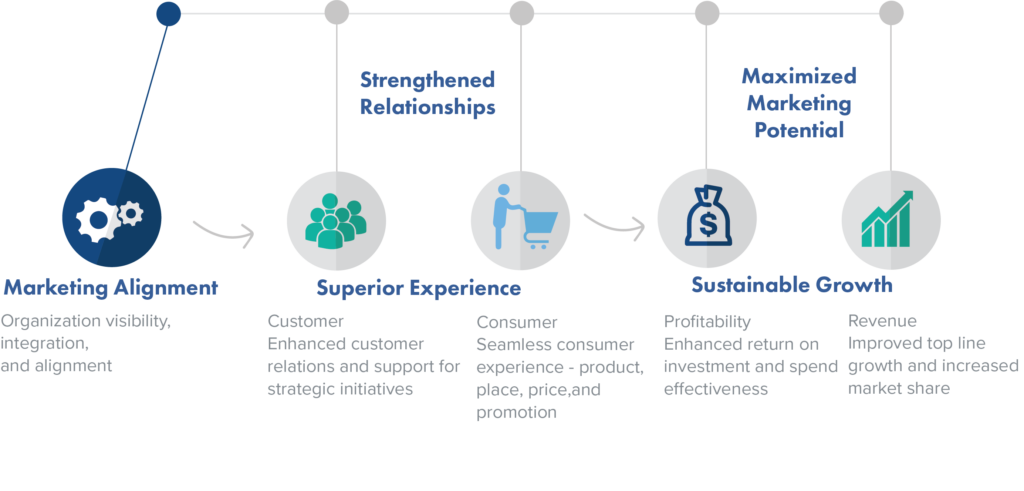
Align Marketing and Sales for End-to-End Optimization
Generating high-quality leads is only half the battle. To truly boost conversions, marketing and sales must be aligned around a seamless handoff and unified customer experience.
Establish a Service Level Agreement (SLA) that clearly defines Marketing's role in generating qualified leads and Sales' responsibility for follow-up. Agree upon lead scoring criteria and when a lead is deemed sales-ready.
Implement lead routing rules to automatically assign leads to the right salesperson based on geography, industry or company size. Use notifications to alert reps of new leads and set SLA time frames for follow up.
Hold regular smarketing meetings to review pipeline health, identify blockers, and optimize the end-to-end process. Closed-loop reporting in your CRM will allow you to tie closed deals back to the original lead source for full funnel visibility.
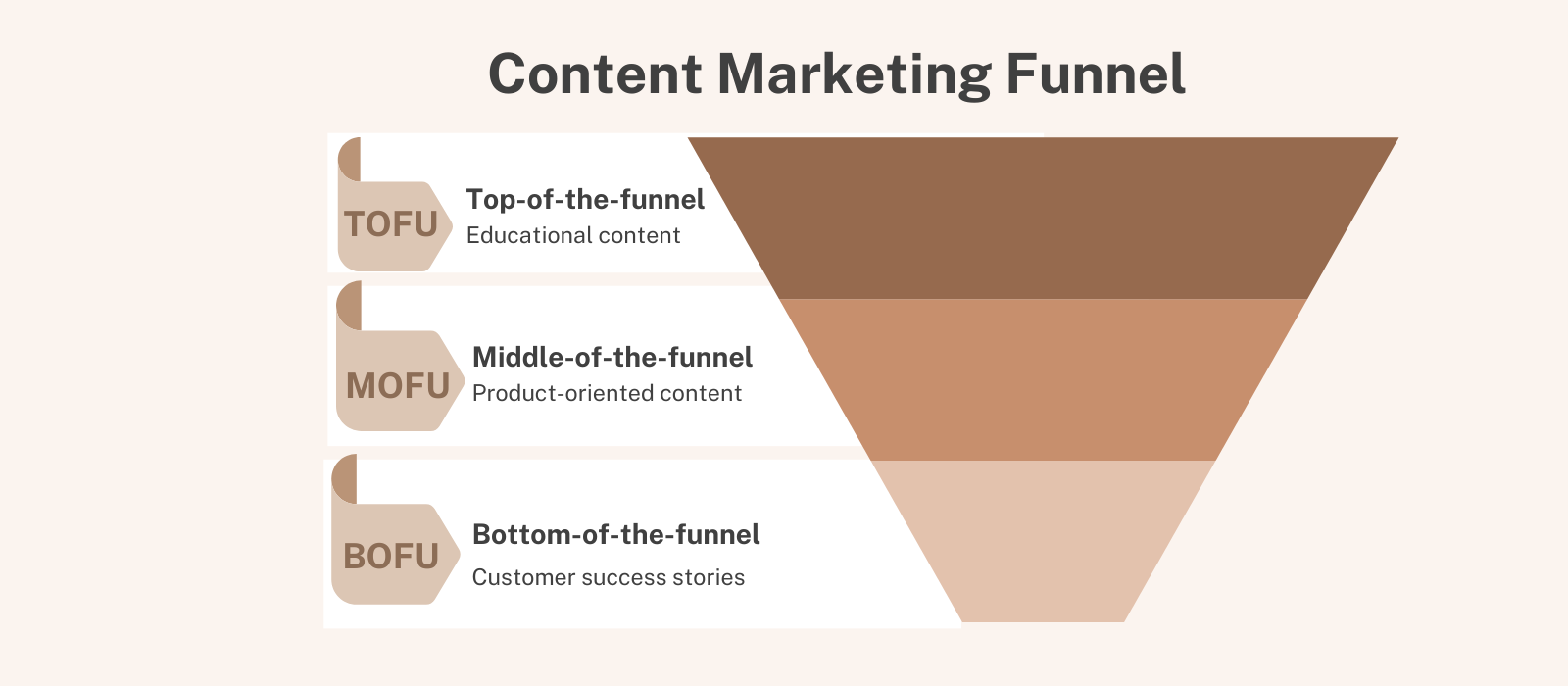
Scale Your Wins with Content Marketing & Marketing Automation
To fill your funnel with a steady stream of qualified leads, invest in content marketing and marketing automation. By creating valuable, search-optimized content assets that align with your prospects' needs at each stage of their journey, you'll attract and nurture leads around the clock, even while you sleep.
Build out topic clusters around your prospects' top-of-mind issues, questions and goals with comprehensive pillar pages and supporting blog posts, guides, checklists, and more. Promote your content across channels and capture leads with relevant CTAs.
Repurpose your best-performing content into engaging formats like infographics, videos and slideshows to reach a wider audience. Slice and dice meatier assets into bite-sized chunks for social media and email.
Marketers who prioritize blogging are 13x more likely to see positive ROI. And businesses that use marketing automation to nurture prospects see a 451% increase in qualified leads.
By delivering the right content to the right prospects at the right time, and automating follow-up through behavior-triggered email sequences, you'll keep your brand top-of-mind, build trust, and guide prospects toward conversion.
Optimizing your lead conversion rates requires a holistic, data-driven approach and an unrelenting commitment to testing and iteration.
By implementing the proven CRO strategies outlined here across your marketing funnel, you can generate more qualified leads, nurture them effectively, and ultimately win more business.
But don't stop there. Continuously gather feedback from your prospects and customers, monitor your metrics, and optimize your tactics. With the right strategy, processes and tools, you can turn your website into a lead generation machine that fuels your company's growth for years to come.
FAQ
1. What is lead conversion optimization?
Lead conversion optimization is the process of improving the rate at which leads take a desired action, such as making a purchase or filling out a form, through various strategies and tactics.
2. Why is lead conversion optimization important?
Optimizing your lead conversion rates helps you maximize the value of your existing lead generation efforts, reduce customer acquisition costs, and ultimately grow your revenue.
3. What are some key elements of a high-converting landing page?
A high-converting landing page typically includes a clear and compelling headline, benefit-focused copy, engaging visuals, strong social proof, and a prominent call-to-action (CTA).
4. How can I create lead magnets that convert?
To create lead magnets that convert, focus on addressing a specific pain point or desire of your target audience, provide tangible value, and make the magnet easily digestible and actionable.
5. What role does personalization play in lead conversion optimization?
Personalization helps you deliver more relevant and targeted experiences to your leads, increasing the likelihood of conversion by demonstrating that you understand and can solve their specific needs.
6. How often should I test and optimize my conversion elements?
Testing and optimization should be an ongoing process. Aim to continuously test and iterate on your conversion elements, prioritizing tests based on potential impact and focusing on one variable at a time.
7. What are some common lead nurturing tactics?
Common lead nurturing tactics include targeted email campaigns, educational content, personalized product recommendations, and timely follow-ups based on lead behavior and engagement.
8. How can marketing automation support lead conversion optimization?
Marketing automation allows you to scale your lead nurturing and conversion efforts by automating tasks such as email sequences, lead scoring, and personalized content delivery based on lead behavior and attributes.
9. What metrics should I track to measure lead conversion performance?
Key metrics to track include conversion rate, cost per lead, lead-to-customer rate, average lead response time, and customer lifetime value.
10. How can I align my marketing and sales teams for better lead conversion?
To align your marketing and sales teams, establish a shared definition of a qualified lead, create a service-level agreement (SLA) that defines each team's responsibilities, and implement closed-loop reporting to track lead performance from acquisition to revenue.





